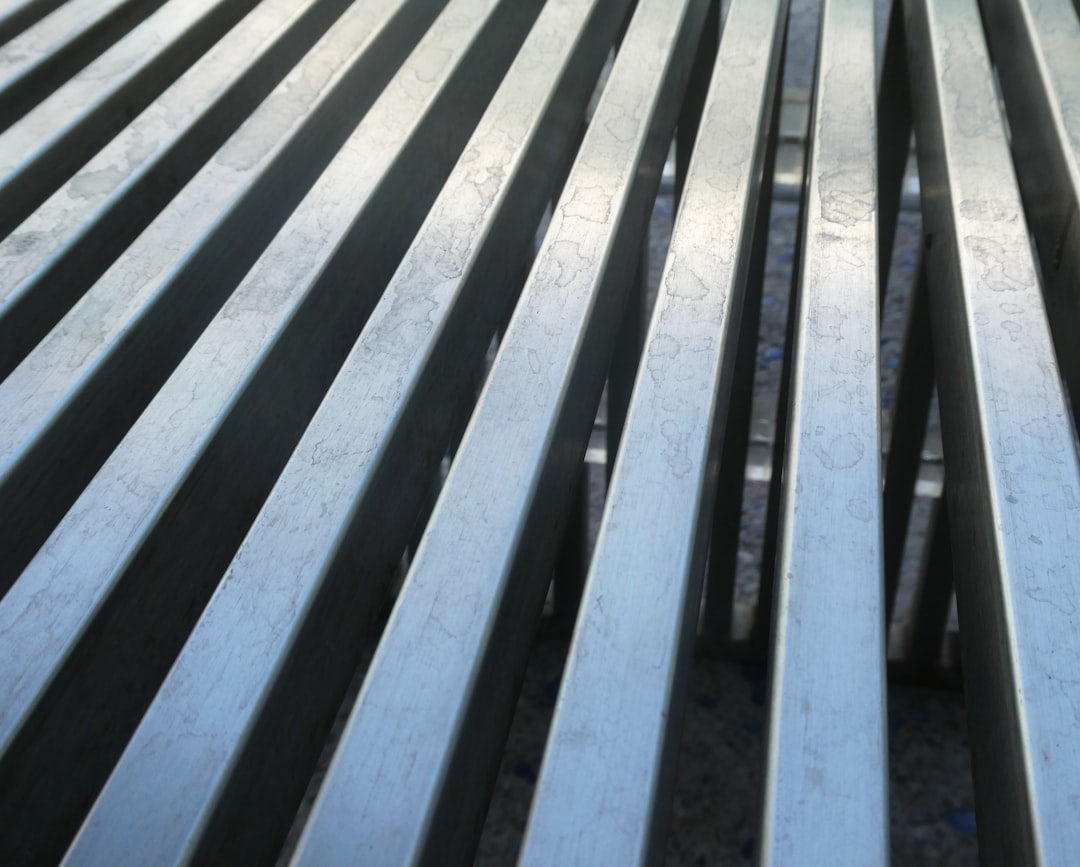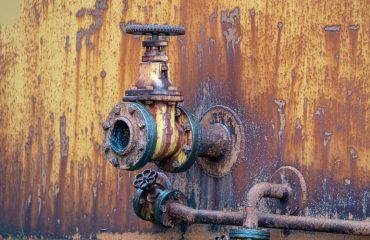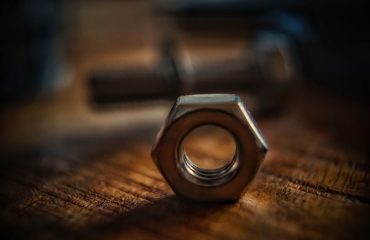Cogeneration systems, also known as combined heat and power (CHP) systems, are crucial for efficient energy production. These systems simultaneously generate electricity and useful heat, significantly reducing energy waste and improving overall efficiency. A key component underpinning the reliability and longevity of these systems is the steel used in their construction. This post delves into the vital role of steel in cogeneration plants, exploring the selection criteria, challenges, and best practices involved.
1. Steel Selection: Balancing Strength, Corrosion Resistance, and Cost
The choice of steel for a cogeneration system is a critical decision, influenced by several factors. The operating environment, including temperature, pressure, and the presence of corrosive agents (e.g., steam, flue gases), dictates the necessary material properties. Commonly used steels include carbon steels, low-alloy steels, and stainless steels. Carbon steels offer a good balance of strength and cost-effectiveness for applications with moderate temperature and pressure. However, their corrosion resistance is limited, requiring protective coatings in many environments. Low-alloy steels enhance strength and toughness compared to carbon steels, often making them suitable for higher-pressure components. Stainless steels, particularly those with high chromium content (like 304 and 316 grades), provide excellent corrosion resistance and are often preferred for components exposed to aggressive environments or high-temperature steam.
The selection process often involves detailed material specifications based on industry standards like ASME (American Society of Mechanical Engineers) and ASTM (American Society for Testing and Materials). These standards define the chemical composition, mechanical properties, and testing procedures for different steel grades, ensuring consistent quality and performance.
2. Corrosion Resistance: Protecting Against Degradation in Harsh Environments
Cogeneration systems operate in demanding environments, exposing components to high temperatures, pressures, and potentially corrosive substances. Corrosion can significantly reduce the lifespan of the system and lead to costly repairs or even catastrophic failures. The choice of steel grade plays a vital role in mitigating corrosion. Stainless steels, with their inherent corrosion resistance due to the formation of a passive chromium oxide layer, are often preferred for components in contact with steam, water, and flue gases. However, even stainless steels can be susceptible to specific types of corrosion, such as pitting or crevice corrosion, depending on the environment. Protective coatings, such as paints, zinc galvanization, or specialized linings, can enhance corrosion resistance for carbon and low-alloy steels.
Regular inspection and maintenance are also critical for preventing corrosion. This includes monitoring for signs of corrosion, implementing appropriate cleaning procedures, and implementing cathodic protection systems where necessary.
3. High-Temperature Strength: Maintaining Integrity Under Extreme Conditions
Many components within a cogeneration system, particularly those in the boiler and turbine sections, operate at elevated temperatures. The steel must retain sufficient strength and creep resistance at these temperatures to prevent deformation and failure. Creep is a time-dependent deformation under sustained stress at high temperatures. High-temperature alloys, often containing molybdenum, chromium, and other alloying elements, are designed to withstand these extreme conditions. The selection of these alloys involves careful consideration of the operating temperature and the required creep strength. Proper heat treatment is also crucial to achieve the desired microstructure and mechanical properties for high-temperature performance.
4. Fabrication Challenges and Welding Considerations
Fabricating components for cogeneration systems from steel presents unique challenges. The complex geometries of pressure vessels, piping systems, and heat exchangers require precise welding techniques and skilled welders. Weld quality is paramount to ensure the integrity and safety of the system. Strict quality control procedures, including non-destructive testing (NDT) methods such as radiography and ultrasonic testing, are employed to detect any weld defects. The selection of welding consumables (electrodes or filler wires) must be carefully matched to the base steel to ensure proper weld metal properties and avoid potential issues such as cracking or porosity.
Furthermore, the fabrication process must consider the potential for residual stresses introduced during welding. These stresses can affect the component’s long-term performance and may require stress-relieving heat treatments to mitigate their effects.
5. Sustainable Practices in Cogeneration Plant Construction
The construction of cogeneration plants should prioritize sustainable practices to minimize environmental impact. This includes selecting steel from recycled sources whenever possible, reducing material waste during fabrication, and optimizing the design to minimize energy consumption during operation. The use of high-strength steels can reduce the overall material quantity required, leading to lower transportation costs and reduced embodied carbon. Furthermore, the choice of steel should consider its recyclability at the end of the system’s lifespan, promoting a circular economy.
The entire lifecycle assessment of the steel used in cogeneration systems should be considered, evaluating the energy required for steel production, transportation, and eventual disposal or recycling.
In conclusion, the selection and application of appropriate steel grades are crucial for the successful and efficient operation of cogeneration systems. By carefully considering factors such as corrosion resistance, high-temperature strength, fabrication challenges, and sustainability, engineers can ensure the long-term reliability and performance of these vital energy-efficient systems.
SEO Tags:
Cogeneration steel, Steel for CHP plants, Cogeneration system materials, High-temperature steel, Corrosion resistant steel




